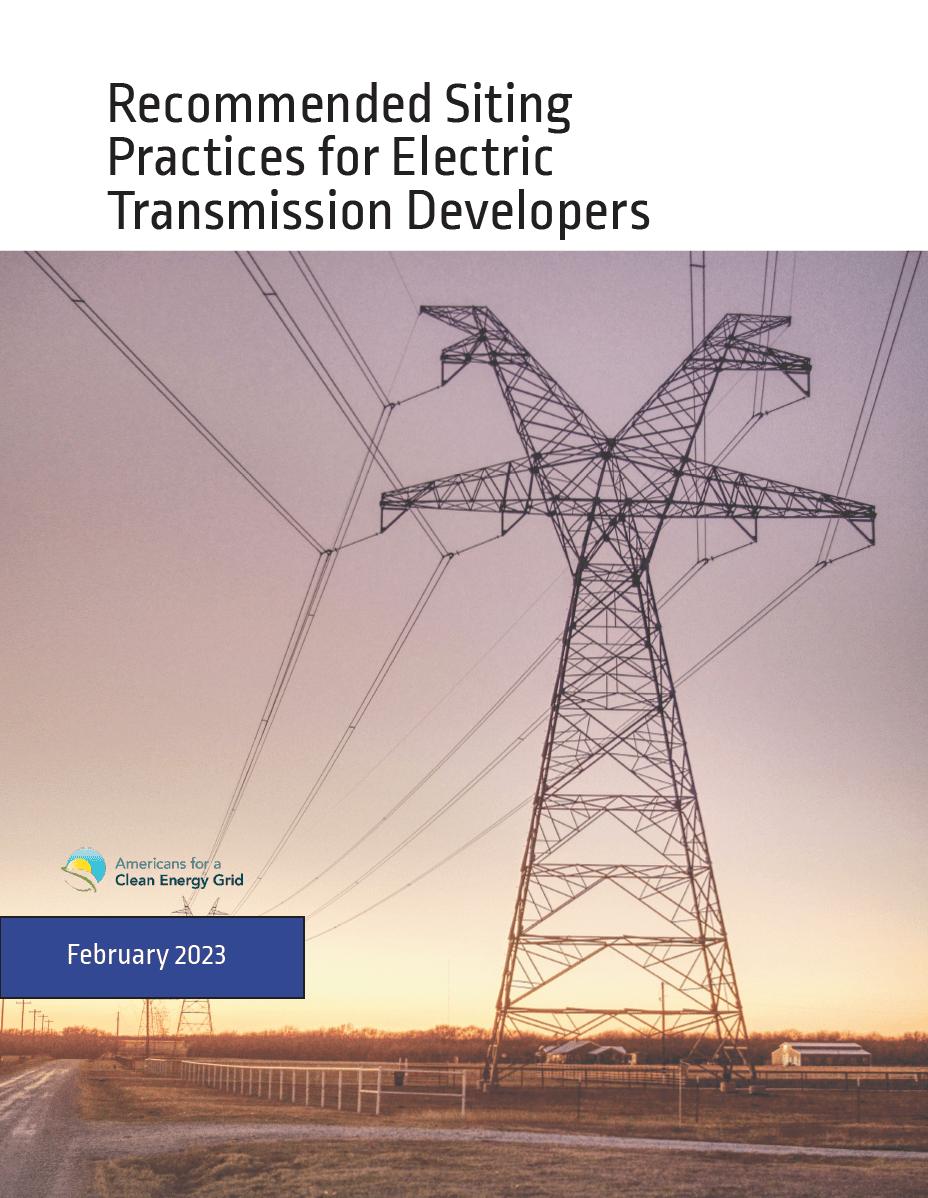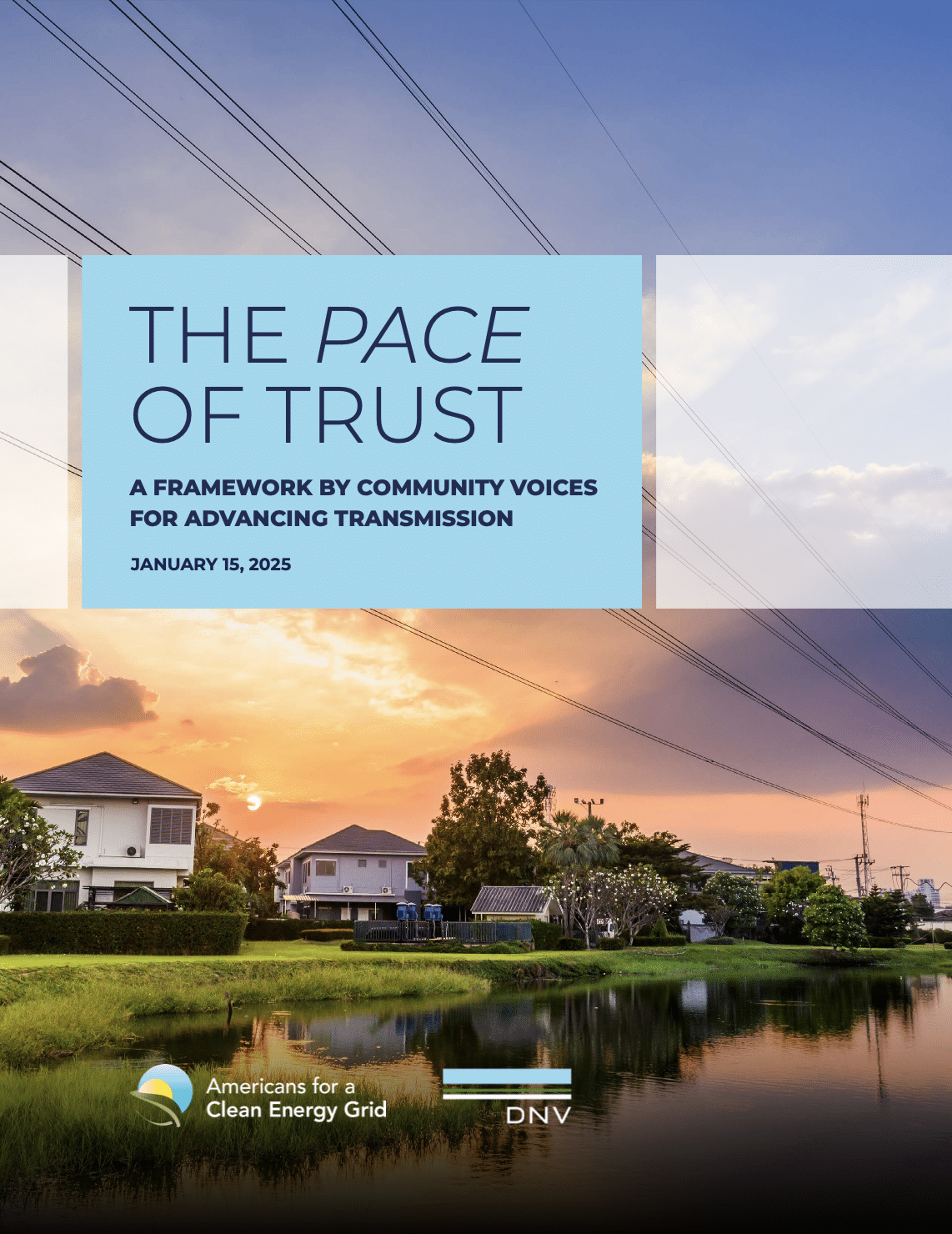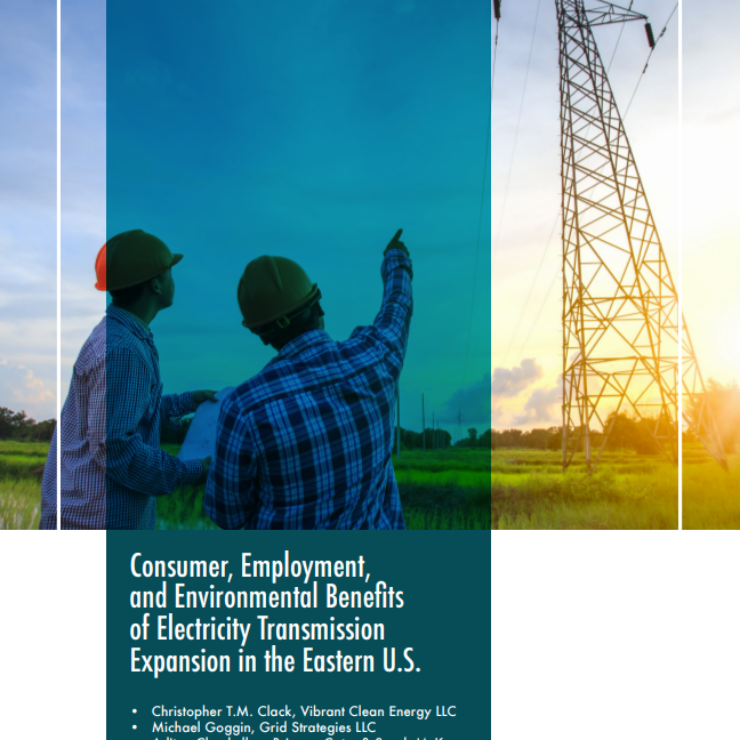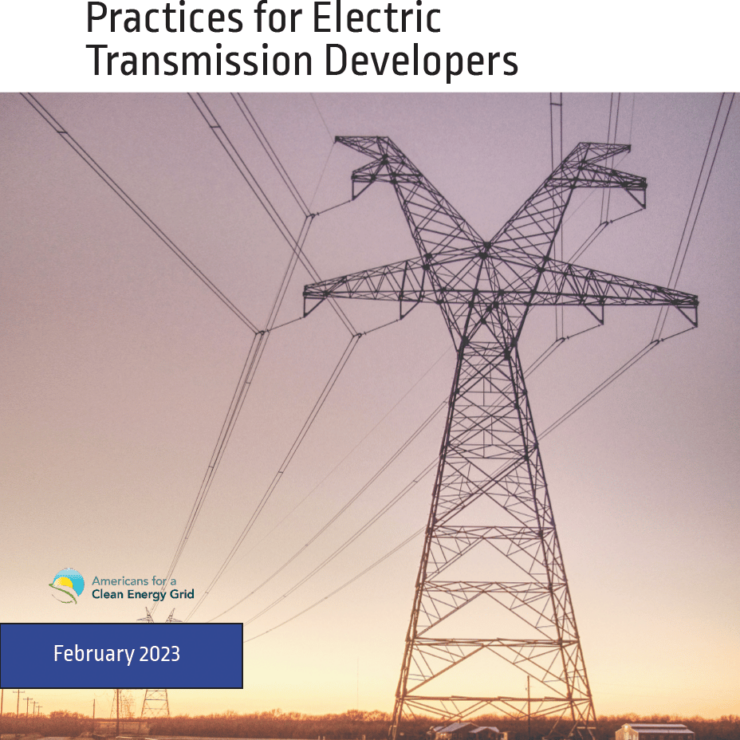Published
November 2025Authors
Elisabeth Blaug and Nils NicholsKey Takeaways
Interstate natural gas pipelines and high-capacity electric transmission lines serve the same purpose: They transport energy from producers to consumers, often across significant distances.
The relative ease of siting and permitting interstate natural gas pipelines pursuant to the Natural Gas Act has resulted in a robust national network, with approvals for new and upgraded projects routinely issued in a timely, predictable manner that includes public participation and efficient judicial review. In contrast, the siting and permitting of high-capacity electric transmission lines can be slow and unpredictable, subject to conflicting regulatory regimes and parochial interests. The result is a struggle to build new transmission and upgrade existing lines. Consequently, the reliability and resilience of the grid is declining, and the system may not be able to meet increasing electricity demand and provide reasonably priced energy.
In response to calls for leveling the playing field between interstate natural gas pipelines and electric transmission lines, this report examines the Natural Gas Act to identify what makes it successful, and by implication how that process might be adopted to accelerate the siting and permitting of electric transmission lines.






